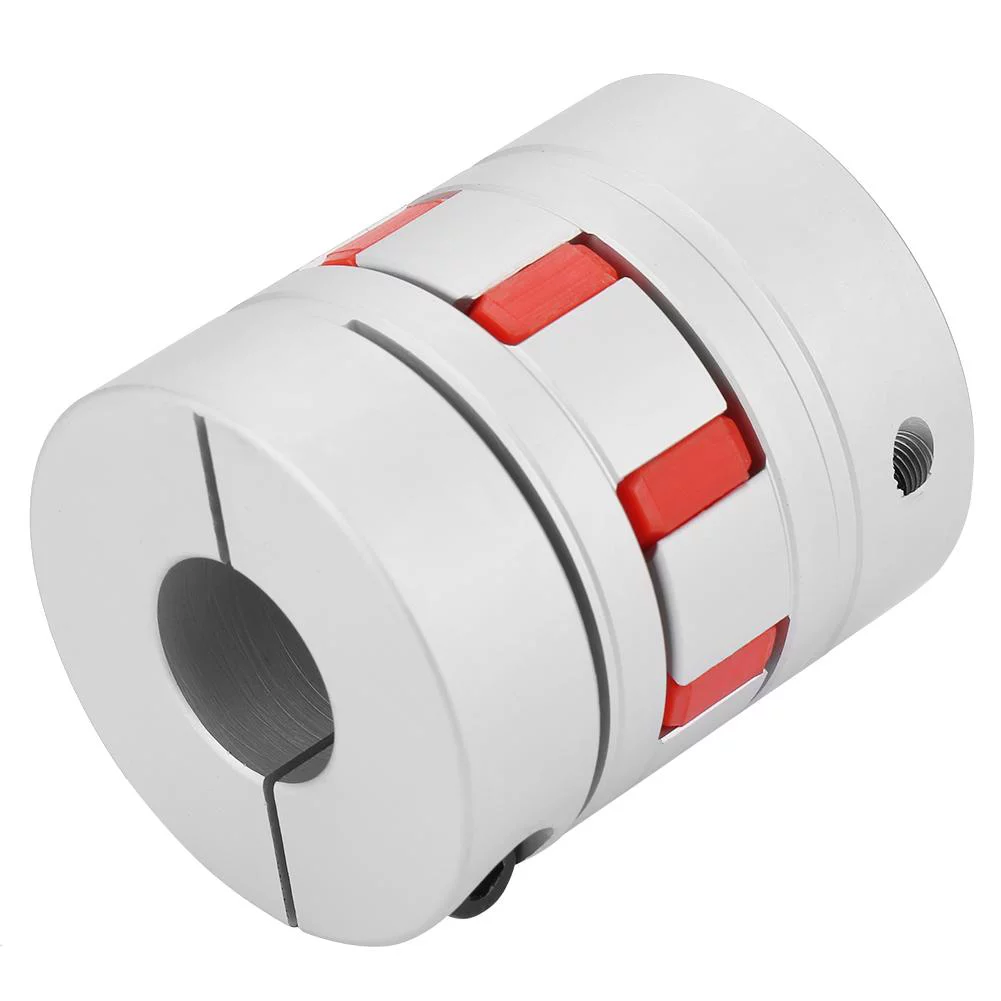“`html


Introduction to Spider Coupling
Spider Couplings are innovative mechanical devices designed to transmit torque between two shafts that are not collinear. Known for their flexibility, durability, and ability to compensate for misalignments, these couplings play a crucial role in various industrial applications, especially in stone cutting machinery.
Key Features of Spider Coupling
- Flexibility: Allows for angular, parallel, and axial misalignments, ensuring smooth operation.
- Durability: Made of high-quality materials, offering long service life even in harsh conditions.
- Vibration Damping: Reduces vibrations and noise, enhancing machine longevity.
Applications and Advantages
Spider Couplings are particularly suited for stone cutting machinery due to their unique combination of features.
Why Choose Spider Coupling for Stone Cutting Machinery
- Torque Transmission: Efficiently transmits torque, ensuring precise cuts.
- Misalignment Compensation: Accommodates misalignments common in heavy-duty machinery, maintaining cutting accuracy.
- Shock Absorption: Absorbs operational shocks, protecting the machinery from potential damage.
- Maintenance Ease: Requires minimal maintenance, reducing downtime and operational costs.
- Customizability: Available in various sizes and materials, easily integrated into existing systems.
Working Principle of Spider Coupling
Spider Couplings consist of two hubs, connected by a spider insert made of an elastomeric material. The insert accommodates misalignments and transmits torque through the hubs. This design allows for flexibility and vibration damping, critical in stone cutting operations where precision and machine protection are paramount.
Selecting the Right Spider Coupling
Choosing the appropriate spider coupling involves several considerations to ensure optimal performance in stone cutting machinery.
- Load Capacity: Evaluate the torque requirements and select a coupling that can handle the expected load without failure.
- Misalignment Tolerance: Consider the level of misalignment in your application and choose a coupling with suitable flexibility.
- Material: Select materials that can withstand the environmental conditions (e.g., dust, moisture) of stone cutting operations.
- Size: Ensure the coupling fits within the machinery without causing spatial constraints.
- Maintenance Requirements: Opt for couplings that offer ease of maintenance to minimize downtime.
Maintenance of Spider Coupling
Regular maintenance of spider couplings is essential for sustained performance and longevity. This includes periodic inspections for wear and tear, proper lubrication (if applicable), and timely replacement of the spider insert. Adequate maintenance prevents unexpected machinery failures, ensuring continuous operation of stone cutting machinery.
About HZPT
Established in 2006, HZPT is a leading manufacturer and exporter specializing in the design, development, and production of couplings for the mechanical industry worldwide. With a dedicated design and R&D team boasting 16 years of experience, we customize products to meet global customer requirements. We maintain a comprehensive quality testing system from raw materials to finished products, ensuring all our products are CE and TUV certified. At HZPT, customer satisfaction is our pursuit. We offer the highest quality products, exceptional service, and competitive prices. Our main clients are based in Europe and America, where we have earned a prestigious reputation. Our product range includes radial elastic couplings, tire couplings, universal couplings, drum gear couplings, spider elastic couplings, rigid couplings, cross couplings, roller chain couplings, diaphragm couplings, and more. Choosing HZPT means choosing reliability, quality, and excellence in service. We look forward to cooperating with you and establishing successful business relations worldwide.

“`